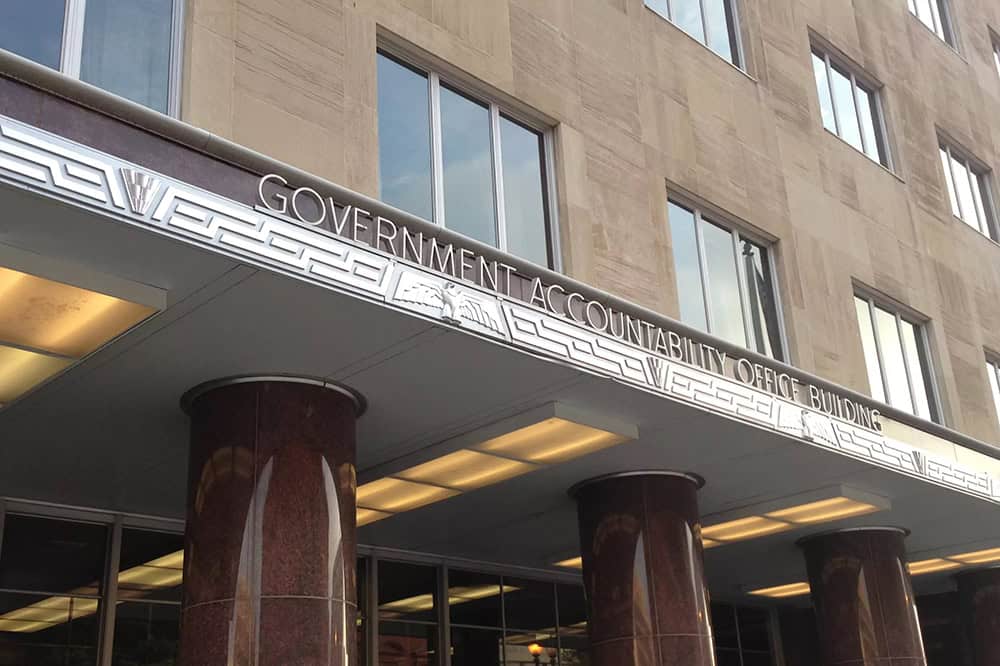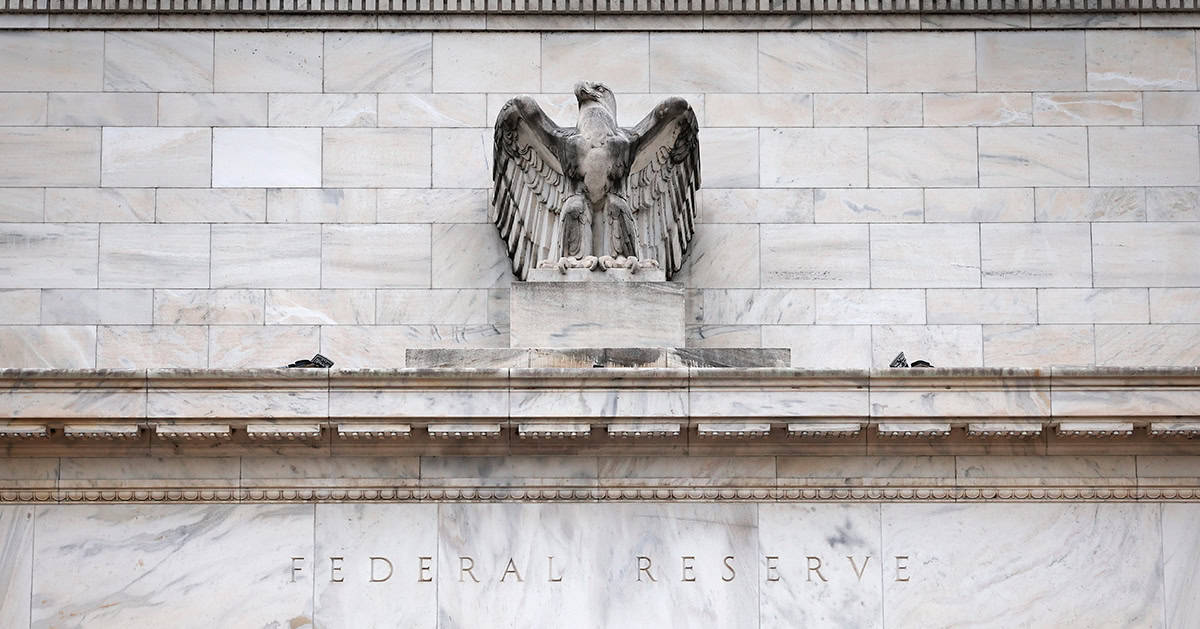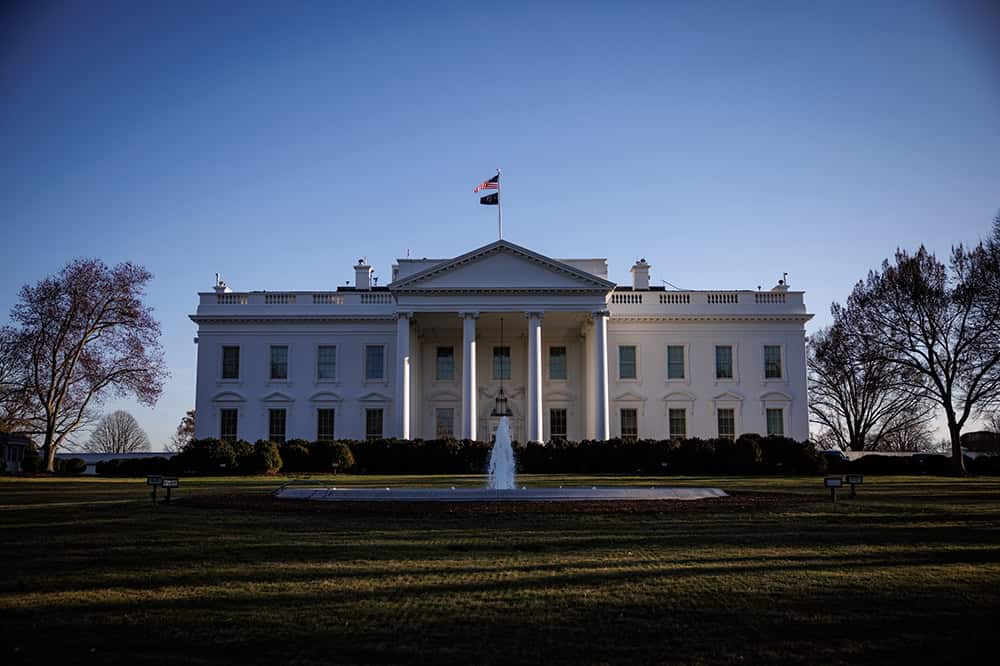What Are Automatic Stabilizers and How Do They Affect the Federal Budget?
Last Updated February 3, 2025
The economy goes through cyclical movements over time, with periods of growth followed by downturns. To help improve responsiveness to fluctuations in the business cycle, a number of important programs in the federal budget automatically increase or restrain spending depending on economic conditions. Those programs, known as automatic stabilizers, help ensure that federal policy is better tailored to provide more help when needed for families and businesses.
The most prominent automatic stabilizers are taxes, unemployment insurance (UI), the Supplemental Nutrition Assistance Program (SNAP), and Medicaid. During recessions, automatic stabilizers play a crucial role — particularly for lower-income households — because they boost benefits or decrease tax bills as income declines. The economy also benefits from stabilizers during a downturn because they help to maintain aggregate demand.
A key feature of automatic stabilizers is their timeliness. Creating new programs during a downturn can lead to delays as lawmakers debate proposed legislation. Existing programs that act as automatic stabilizers, however, do not generally require fresh legislative action, which means that they can kick in quickly during a downturn. However, lawmakers may act to modify or enhance the components of a stabilizing program like they did at the onset of the COVID-19 pandemic.
How Automatic Stabilizers Work
Automatic stabilizers can be in the form of taxes or spending:
- Taxes. During a recession, economic growth slows, and household income falls; as a result, individual income tax payments decline. Similarly, corporate income tax revenues, which are collected on business profits, decrease as those profits generally drop when economic activity falls. Lower tax collections reduce the financial burdens on individuals, households, and corporations. When economic activity rebounds, those scenarios are reversed.
- Spending. Programs such as unemployment insurance, SNAP, and Medicaid also have stabilizing effects. During an economic expansion, fewer unemployed people file claims, and fewer people qualify for benefits. But in a recession, payments rise automatically as people lose jobs and become eligible. Unemployment insurance was an important source of income during the COVID-19 pandemic because many jobs rapidly disappeared.
Before the pandemic, taxes often accounted for a larger share of the automatic response to economic downturns than spending programs. A 2015 Congressional Budget Office (CBO) paper estimated that “revenues have accounted for about three-quarters, on average, of the effect of the automatic stabilizers on the budget over the past 50 years.”
Automatic Stabilizers and Their Effect on the Budget
Automatic stabilizers, by design, widen budget deficits during downturns and reduce deficits during upswings. For example, the government brings in less tax revenue during a recession and increases spending on transfers and other payments. While that intentional design may widen budget deficits during an economic turndown, it boosts aggregate demand in the economy and helps minimize economic losses for businesses and individuals.
CBO estimates the average annual contribution of automatic stabilizers to the deficit between 1973 and 2023 as 0.4 percent of potential GDP (an estimate of the value of economic output if labor and capital had been at their maximum sustainable rates). Stabilizers contributed to budget deficits in 32 of the 51 years analyzed. For instance, in 1982, when the U.S. economy was in a recession, the analysis found that stabilizers were responsible for 52 percent of the budget deficit that year. Stabilizers can also contribute to budget surpluses as well — about three-quarters of the $69 billion budget surplus in 1998 was attributed to automatic stabilizers.
Should Automatic Stabilizers Be Strengthened?
In an effort to make stabilizers more effective, researchers have studied their impacts to learn about how they could be improved. In a 2019 paper, a former member of the Board of Governors of the Federal Reserve System, Claudia Sahm, proposed a new automatic stabilizer involving a direct payment to individuals that would automatically be paid out early in a recession and then continue annually when the recession is severe. The paper recommended lump-sum annual payments whenever the national unemployment rate rises by at least 0.5 percentage points, with total payments set not to surpass 0.7 percent of GDP. If the recession is prolonged, payments in subsequent years would only be made if the recession leads to cumulative unemployment rate increases of at least 2.0 percentage points. Sahm argued that making automatic payments to individuals regardless of income levels based on recent changes in the unemployment rate “would ensure that the stimulus reaches the economy as quickly as possible.”
Generally, lower-income households are more likely to spend any additional income compared to higher-income households, which means that strengthening automatic stabilizers may be more effective if targeted toward lower-income households. The Center on Budget and Policy Priorities argued in a 2016 paper that stabilizers can be made stronger by automatically increasing SNAP benefits when a trigger, possibly tied to state unemployment rates, reaches certain thresholds. It also proposed that higher federal payments to help states cover their Medicaid costs take effect automatically, possibly via the same mechanism used to trigger a temporary increase in SNAP benefits.
William A. Galston of the Brookings Institution proposed a three-pronged approach to revitalizing the use of automatic stabilizers when the economy significantly weakens. He noted that automatic stabilizers are crucial because they “obviate the need for new legislation during economic downturns, and they would expire when the need for them ends rather than when the political will to extend federal assistance disappears.” To keep the economy afloat during a recession, Galston suggested that the federal government should provide extra assistance to states through Medicaid, the Children’s Health Insurance Program (CHIP), UI, and direct payments. For Medicaid, CHIP, and UI, he proposed that the federal government automatically enhance payments once unemployment rates fall below a certain baseline level. In addition, Galston believed that a new direct payment program to states would allow them to distribute funds to the neediest localities. Altogether, those three components of Galston’s proposed plan would close an estimated 90 percent of state revenue losses during recessions and would accelerate economic recovery.
The main drawback to suggestions for pegging benefits to indices such as jobless rates is the high cost involved. Increasing the country’s already high and rising national debt, even in temporary cycles, will create a longstanding problem that will be more difficult to address the larger the debt becomes. Furthermore, actions taken to fund automatic stabilizers may negate the effects of the extra financial support. Economists Louse Sheiner and Michael Ng estimate that from 1980 to 2018, discretionary cuts to state and local spending fully offset the stimulative effects of state and local automatic stabilizers. There are also political considerations because lawmakers would like to show constituents that they played an active role in addressing downturns rather than aid being attributed to automatic provisions. Furthermore, lawmakers sometimes have to cut spending or increase taxes to support the funding of automatic stabilizers.
Conclusion
Automatic stabilizers provide critical support during economic downturns because they respond almost immediately to changes in income and unemployment, serving as a first line of defense free from legislative delay. Considering the important role automatic stabilizers play, economists have suggested reforms to make them more effective. When assessing such reforms, lawmakers should account for the effect of automatic stabilizers on the economy and the federal deficit.
Photo by John Sommers II/Getty Images
Further Reading
How Much Can the Administration Really Save by Cutting Down on Improper Payments?
Cutting down on improper payments could increase program efficiency, bolster Americans’ confidence in their government, and safeguard taxpayer dollars.
How Do Quantitative Easing and Tightening Affect the Federal Budget?
The Federal Reserve plays an important role in stabilizing the country’s economy.
Can a Rescissions Package Help Lawmakers Formalize DOGE Cuts?
Rescission packages can serve as a tool for the President and Congress to manage and control government spending through a formal statutory process.


